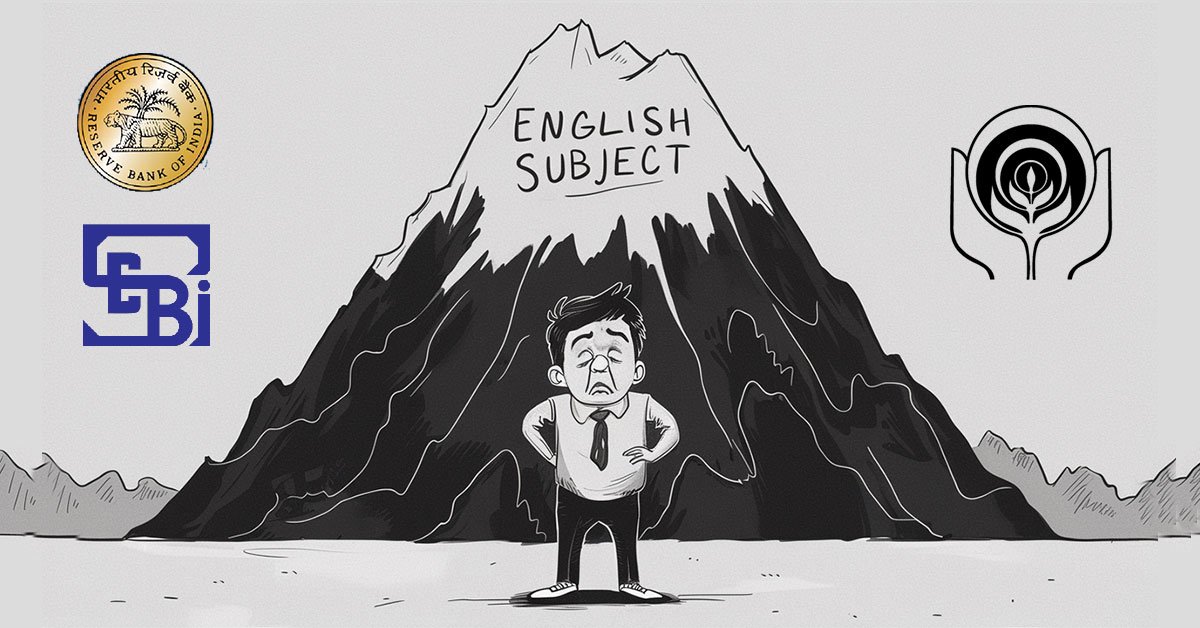Objective and Vision:
- Transform Amaravati as the new capital city of Andhra Pradesh into an international standard urban center.
- City to be planned on the lines of being the economic, cultural, and social activity hub with livability, accessibility, and sustainability.
- Planning and Design:
- Master plan by Norman Foster and Surbana Jurong envisioned green city with residential, commercial, recreational, and cultural spaces.
- It has smart technology, sustainable waste management, and solar-powered infrastructure.
Key Features:
- Sustainable Infrastructure: The construction of energy-efficient and water-efficient buildings and green friendly infrastructure.
- Smart City Initiatives: Includes the availability of smart grid systems and smart traffic management and IoT-based services.
- Public-Private Partnerships (PPP): Engages public sector as well as private sector investment.
- Urban Amenities and Facilities: Educational hubs, health care facilities, parks, recreation centers, shopping complexes, convention centers.
- Public Transport: Multi-modal transport system to curb congestion and connect better.
Environmental Sustainability: - Green Spaces: Provision of big greens to align the growth in the city with nature.
- Water Management: Efficient use of water; stormwater management and harvesting rainwater.
- Renewable Energy: Provisions to generate solar energy, energy-efficient buildings, and green technology.
Economic Development:
- It aims to attract domestic and foreign investment in sectors like IT, education, tourism, finance, and healthcare.
- Strong business ecosystem with separate space for startups, manufacturing, and research & development.
Infrastructure Development:
- Affordable housing and luxury residential spaces
- World-class sewage treatment plants and clean water supply.
- Developed roads to improve connectivity.
Government and Stakeholder Involvement:
- The project is undertaken by the Andhra Pradesh Capital Region Development Authority (APCRDA) and international bodies such as the World Bank and Asian Infrastructure Investment Bank (AIIB).
Challenges:
- Land Acquisition: There have been delays in the construction of the project due to land acquisition and relocation of people.
- Political and Administrative Challenges: The political opposition and administrative hurdles faced by the project.
- Financial Constraints: Requirement of funds in terms of huge amount; public private partnership and funds sourced externally from the country.
Time Line and Development:
Inauguration date 2015, under construction
Full-fledged development in phases of many years















